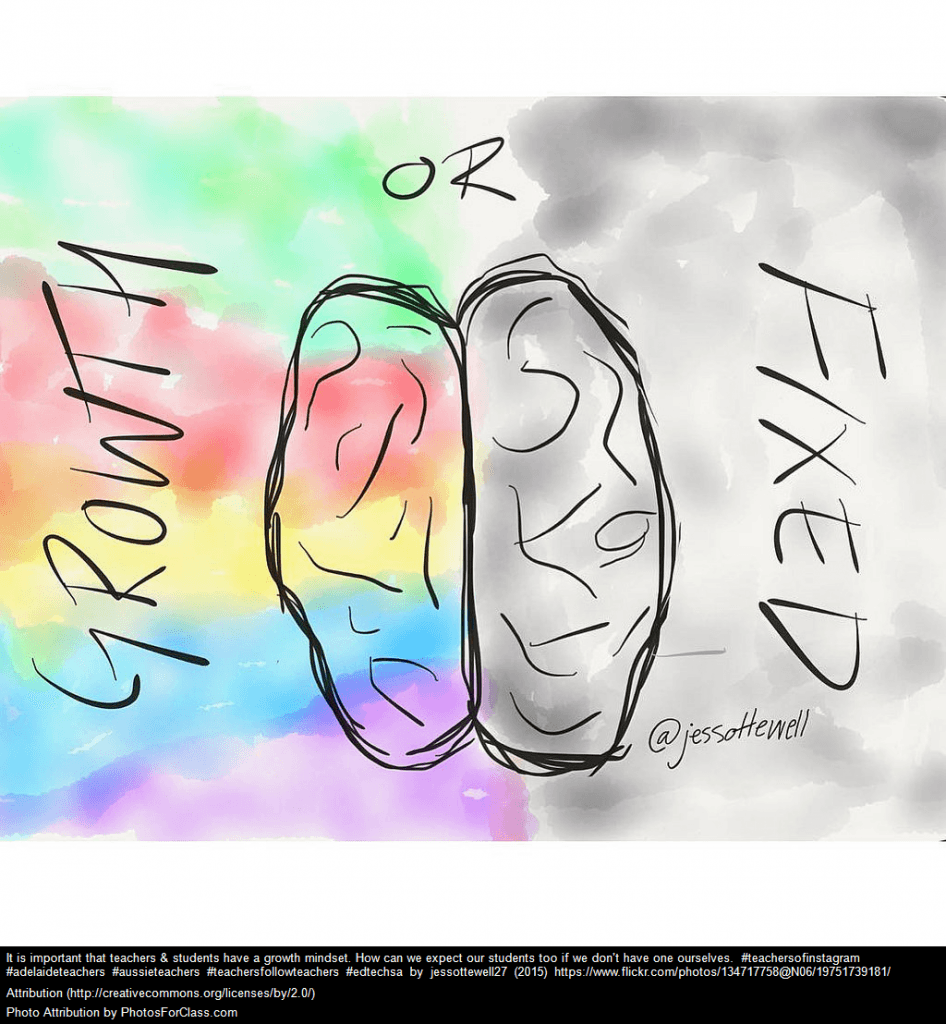From Becoming an Everyday Changemaker by Alex Shevrin Venet. © 2024 Routledge/Taylor & Francis. Reproduced with permission.
Change is unsettling. I mean this in both positive and negative ways. Change unsettles the status quo and breaks up our habits. Change often requires that we try new things and new ways of being together. This can be an exciting time in the life of a group or an individual, but it can also be terrifying. My mentor Katie used to say, “transitions are hard” whenever we were on the precipice of change in our school. While seemingly obvious, the statement re-grounded us. Whether we were talking about an upcoming school break or supporting a coworker going through a divorce, “transitions are hard” was a simple reminder of the unsettling nature of change. I remember Katie saying this to me as I prepared to move apartments one year. I was excited about my new apartment and new roommate, but until she reminded me that transitions are hard, I had been trying to avoid confronting how stressed out I was about the move. Even if we want, need and dream of change, it still challenges us.
For those impacted by trauma, change can be not merely unsettling but an existential threat. Psychologists describe trauma as existing along a continuum of stress. Stress happens whenever the conditions around us disrupt our typical state or way of being. Some types of stress are positive and help us grow, such as the stress of learning something new and feeling like our brains are “stretching.” This type of stress is considered “predictable.” When we engage with positive stress regularly, it can help to build emotional resilience. Compare this to how your muscles might feel sore after a session at the gym, but you’re getting stronger each time. Stress becomes traumatic when it overwhelms the resources we use to cope with it. This is more likely when stress is unpredictable, intense or prolonged. It’s less like a post-workout ache and more like an injury.
Sometimes, the stress of change falls on the “positive” end of the stress spectrum. For example, at one school where I worked, the end of the academic quarter was a time of change. Student and teacher schedules shifted for the new quarter, bringing fresh beginnings. I often began co-teaching with a new colleague at the start of a new quarter. I love co-teaching, so this was usually exciting. With new classes also came a rush of unit planning, lesson design and relationship-building with fresh groups of students. The quarter change was a stressful time, but the stress was predictable and moderate, making it positive stress. I learned and grew from the stress of the quarter change, even if in the midst of it I felt unsettled.
Change can also fall toward the traumatic side of the stress spectrum. When a fellow teacher resigned from our school mid-year, the stress was anything but positive. My colleagues and I lost some of our planning time to cover his classes. Some students felt a sense of abandonment, and supporting them emotionally only added to an already-tense environment in our school community. Plus, I was on the hiring committee, and so my to-do list grew longer as I unexpectedly dealt with the logistics of a candidate search. The stress was prolonged and unpredictable and, in some moments, intense. While I didn’t develop a lasting trauma response from this change, my mental health suffered in the short term.
My experience that year was a form of what’s known as “transition stress.” When my mentor Katie said, “transitions are hard,” her wisdom echoed an area of research focusing on the particular stress of experiencing change. Transition stress has been studied in several areas: veterans returning back to civilian life after war, workers being reassigned between store branches, children transitioning from one school setting to another (for example, moving from middle school up to high school in a different building), or people transitioning from health to disability and chronic illness. Across these varied experiences, researchers have found that the process of transition increases our stress, even when the transition is one we perceive as positive. The type of transition matters. Transitions that are unexpected, involuntary and disruptive are more stressful, as are those that bring about cascading additional transitions (for example, a natural disaster that leads to relocation and losing a job). Unexpected, involuntary and disruptive – have you ever experienced a change at school with those characteristics? If you taught during COVID-19, you most likely experienced transition stress. That’s not to mention all of the other transitions, personal or collective, that may bring on this stress. Change is also more likely to cause stress when it impacts our sense of personal and professional identity. When I read that finding, I thought about how so many teachers shape our identities around our work and how strongly we identify with our jobs not simply as how we make money but as integral to our personal values and visions. No wonder that change can threaten our wellbeing when it threatens our work.
Alex Shevrin Venet is an educator, professional development facilitator and writer. She is a teacher educator at the graduate level. Her teaching experience includes roles as a teacher/leader at an alternative therapeutic middle and high school, a community college instructor and an elementary after-school teacher. She lives in Winooski, Vermont.
Change can feel emotional and challenging. In her new book, Alex Shevrin Venet shares research on “transition stress.” MindShift









